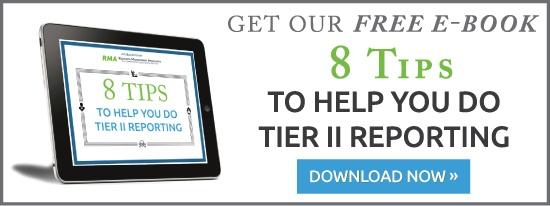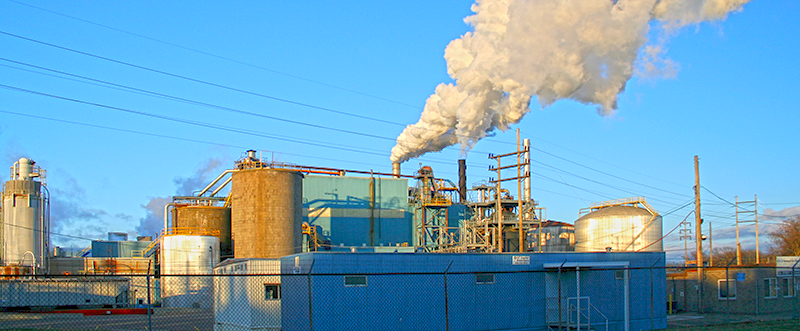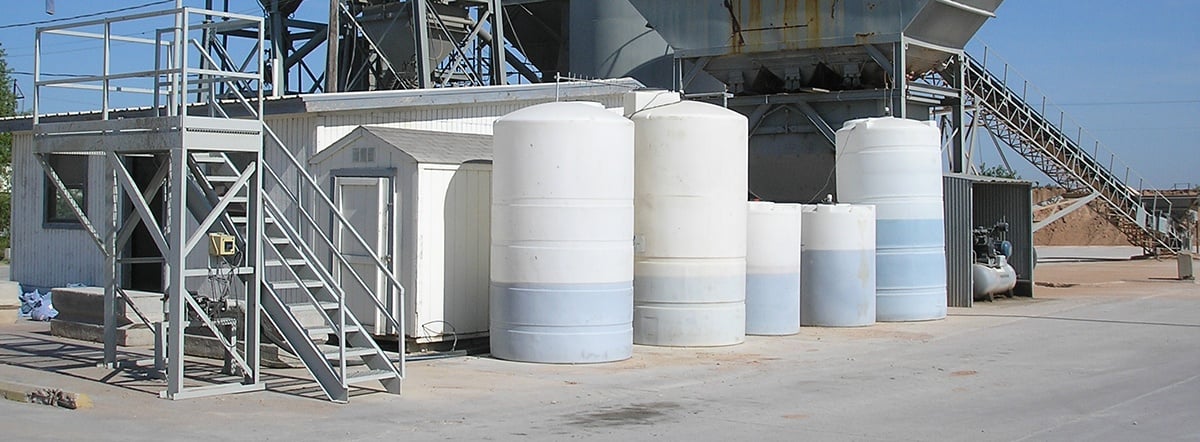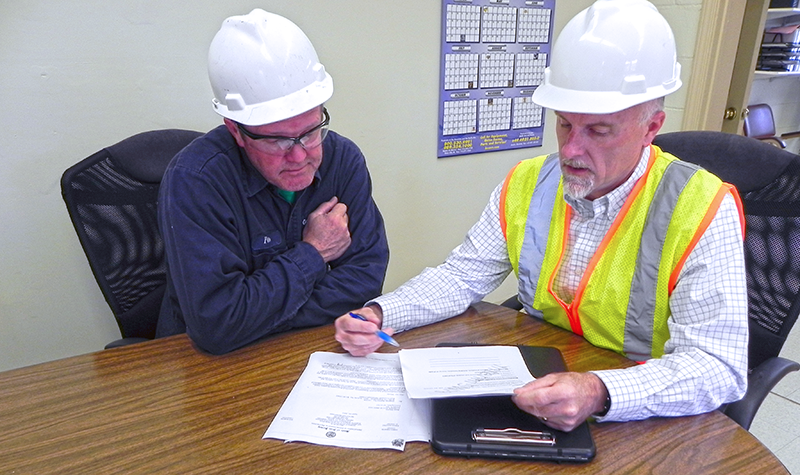We explain ways to complete Tier II Community Right-to-Know Reporting, including for mixtures of hazardous chemicals.
Let's cut right to the chase. There's a lot of confusion when it comes to EPCRA Reporting. Whether it's Tier II Community Right-to-Know Reporting or TRI Reporting, a lot of people (including regulators) can get the facts switched around.
Why? Because the regulations around these two very different reporting requirements are confusing, conflicting, have odd language, and are pretty damn difficult to figure out if you're reading the regulations. In short, it's complicated and most information out there is bass ackwards.
Fortunately, as environmental consultants who assist a lot of facilities with their annual reporting requirements, we know there can be a lot of confusion. What needs to be reported, how does it need to be reported, and when is the reporting required are just a few issues most people have when they get down to start reporting.
Finding clear answers can be like trying to find bigfoot; there seem to be a lot of clues out there, but solid, clear information is hard to find. So, let's help you figure out what's going on so you're in the clear when it comes to properly conducting Tier II Community Right-to-Know Reporting.
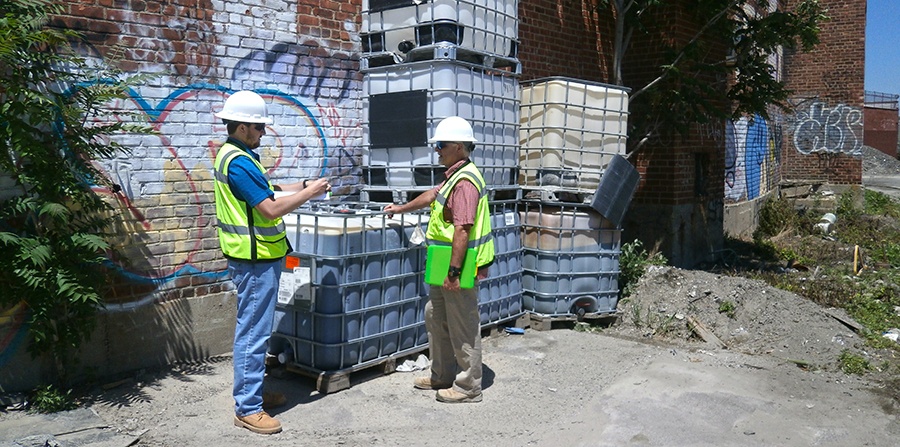
Before you do Tier II CRTK Reporting, you need to know what you're doing.
That might not make total sense but just bear with me for a second.
If you're not sure what we mean by EPCRA Reporting, including Tier II CRTK (Community Right-to-Know) Reporting and Toxic Release Inventory (aka TRI Reporting) then check out is Tier II CRTK Reporting the same as TRI Reporting.
Although there are thresholds which must be exceeded in order for reporting to be required, our experience is that most industries and industrial facilities are required to do Tier II Reporting at the very least. Also, a similarly high percentage of facilities really should be conducting TRI Reporting well, but that's another story for another day.
It's critical to get EPCRA Reporting right, for a couple of reasons.
First, do it wrong, incomplete or not at all, and you risk enforcement from State and Federal USEPA agencies, who can levy some very, very large penalties, even if you're genuinely confused about what you're supposed to do.
Second, not all of this is for the use of the government or public scrutiny. For instance, the Tier II Reporting of the presence of hazardous materials at your facility is used by emergency responders, such as local fire departments. Should there be a fire at your facility, and the fire department is called out to respond, they have the ability to punch up information on what you've reported as being present at your facility before they arrive so that they're ready to respond appropriately when they pull through your front gate. I think we can all agree that's good stuff!
And finally, this information is important, since it gives the public the opportunity to know what's being stored or handled at your facility, and to make decisions such as if they want to live nearby, are there any particular risks I should know about and prepare for, etc. Given some of the recent incidents we've read and heard about at industrial facilities such as fires, explosions, gas releases, etc., you can imagine that this is pretty useful and important information, and we'd all support the availability of this information to anyone with a vested interest.
Understanding how to do Tier II Community Right-to-Know Reporting correctly.
I need to recount a recent incident that happened to me, and what it means to you and your company.
I was speaking before an industry group recently, going through our standard discussion of EPCRA Reporting (the way we do it), and a few in the crowd let me know that they disagreed with what I was presenting, saying they had been instructed by a USEPA speaker years ago in a different way of doing the reporting.
Needless to say, this threw me for a bit, and while I was tempted to disagree with what they were saying, something rang familiar about it.
I went back and reviewed the regulations, and what the regulations had to say about how we conduct Tier II Reporting (as well as many others) versus what these folks had been told by a USEPA spokesperson and the way that they had been reporting for years.
Let's start with a few basics on Tier II Reporting.
- EPCRA regulations pertain to Title III of the SARA regulations (Superfund Amendments and Reauthorization Act) of 1986. There are several Sections under Title III, pertaining to different requirements.
- CRTK is SARA / EPCRA Title III, Section 311 - 312. Section 311 pertains to one-time only identification of the SDS at the facility (the "SDS/MSDS reporting"), while Section 312 requires annual reporting of an inventory of hazardous materials (or chemicals, or mixtures) that are stored or handled at your facility at any one point in time, in amounts that exceed applicable reporting thresholds (the "inventory reporting"). For most hazardous materials / chemicals / mixtures that threshold is 10,000 pounds, although there are some chemicals known as Extremely Hazardous Substances or EHS which have a reporting threshold of 500 pounds or some other lower threshold. So it's important to know if a chemical at your facility, in either pure form or present in a mixture, is an EHS chemical, by consulting the USEPA's List of Lists.
- If a chemical in use at your facility, in either pure form or in a mixture, is present on the EHS listing in excess of the applicable reporting threshold (500 pounds or an alternate quantity), then you're doing CRTK Reporting.
- But there's another threshold as well, which is for the vast number of unlisted chemicals / substances (around 65,000) which may not be EHS, but which are instead identified as being hazardous by virtue of that chemical / substance having an SDS (Safety Data Sheet, formerly MSDS) as required by the OSHA HazComm standard (i.e., OSHA, Occupational Health and Safety, as opposed to some environmental standard). For these chemicals / substances, the reporting threshold is 10,000 pounds.
Okay, I know that might sound clear as mud, but bear with me.
So just exactly what are we reporting on? Specific chemicals, mixtures of chemicals, specific materials such as products or materials?
Turns out, the CRTK regulations provide the flexibility to report different ways, EITHER as pure chemicals or as mixtures.
To report mixtures, you can either break out the individual hazardous chemical or chemicals (there might be several in a mixture).
Or! You can report on the mixture as a whole.
Whichever way you do it, it must be consistent for both the SDS reporting (Section 311 reporting) and the inventory reporting (Section 312). Whichever you do, do both.
So if you're providing SDS reporting on mixtures or substances with SDS, then you also have to do your annual inventory reporting for those mixtures or substances with SDS. If you provided your initial SDS for pure chemicals, then you have to do your annual inventory reporting for those pure chemicals.
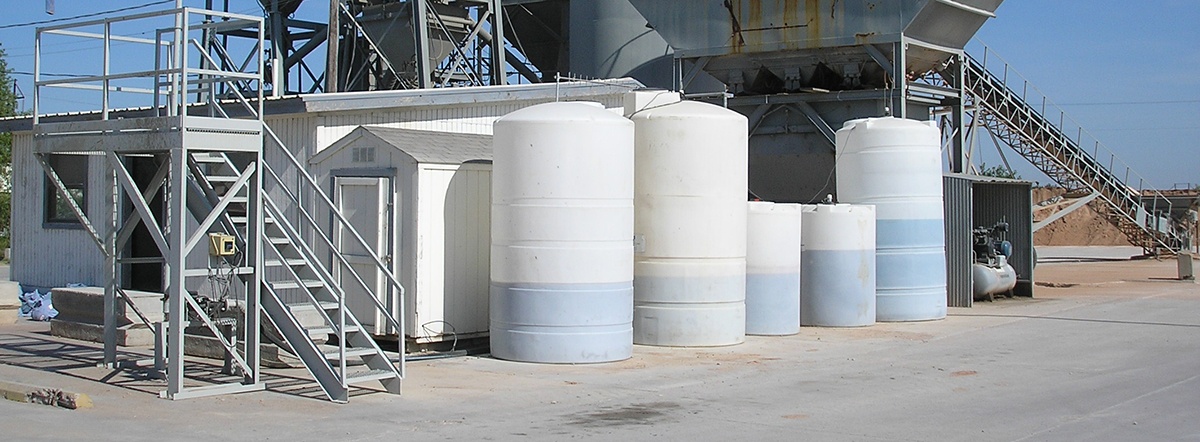
Tier II Reporting Examples
This stuff is confusing, so let's get into a hypothetical.
Let's presume you have mixtures at your facility, mixture A, B, and C, all of which contain some amount of formaldehyde, an EHS chemical with a reporting threshold of 500 lbs. You can:
- Determine the total quantity of the EHS present throughout your facility at any one time by adding together the quantity present as a component in all mixtures and all other quantities of the EHS.
- If you have 100 lbs of formaldehyde in mixture A, and 400 lbs in mixture B, and 100 lbs in mixture C, then the total at that facility would be 600 lbs of formaldehyde, which exceeds the reporting threshold of 500 lbs, and you need to report.
- You'd report formaldehyde (both on your initial Section 311 SDS reporting, and on your annual Section 312 CRTK inventory reporting). OR,
- You could report for mixture A, mixture B, and mixture C (each individually) since you know that the combined volume of formaldehyde exceeds the reporting threshold of that EHS chemical.
- Since you know that each mixture contains an EHS, you have to indicate this on your CRTK submittal (Tier II forms) and indicate that they contain "formaldehyde" and provide the chemical number.
What if it's not an EHS? You still do the same thing!
You have a choice of either determining the total quantity of all individual chemicals in all mixtures, or you can report the mixtures individually (those which contain any of those 65,000 hazardous chemicals).
Let's use an example of calcium nitrate as a hazardous chemical. We could total the amount of calcium nitrate in mixture A, mixture B, or mixture C, and compare to the reporting threshold of 10,000 lbs, or we could report mixture A, mixture B, and mixture C individually, provided they exceed the 10,000 lb reporting threshold. If you went this way, you have to provide the name, product name, or trade name of the mixture, and since no EHS, you don't need to list the non-EHS chemicals in the mixture (although you can at your option).
How do we do Tier II CRTK Reporting?
We take the mixture route nearly all the time with our clients, instead of the pure chemical route because...
- Most of the facilities and industries we deal with have mixtures at their facilities, not pure chemicals. Doing it the mixture way makes it easier to do the reporting.
- Most of the facilities and industries we work with don't have EHS above reporting thresholds.
- Most of the facilities and industries we work with use mixtures that contain several non-EHS chemicals, and this makes reporting easier to do as a mixture rather than evaluating each non-EHS individually.
Doing it the mixture way is like saying, "okay, this mixture is hazardous - all of it". In a way, it kind of makes sense, doesn't it? The mixture has an SDS, not the individual chemicals in that mixture. So if mixture A came with an SDS, and it's over 10,000 lbs, it get's reported. A firefighter comes to the site during a fire, he's looking for a tank or container holding mixture A, not one holding the pure chemical in it. To me, that's the more sensible way of doing things.
Sounds easier, right? But, are there times when it might make more sense to do the pure chemical reporting?
- If you use a lot of pure chemicals.
- If you use mixtures with a small number of non-EHS chemicals.
- If you use EHS chemicals.
- If you have a lot of mixtures and would be doing a lot of reporting on the basis of mixtures, and report in a state that charges a fee for each substance reported on. You might be reporting more than you would via the pure chemical route, and it could be costing you more money.
One way is not right or wrong, it just depends on your particular circumstances. But finally, here's another reason why I favor the mixture method of reporting.
Recall that fire truck racing to your site, and punching up your list of hazardous substances on the way, which they are preparing to deal with. They arrive at your site and expect to find storage tanks of pure chemicals if that's how you reported them. Sure, there might be a little in mixture A, some in mixture B, and some in mixture C, but they only know there are >500 lbs of it on the site and expect to see a tank or container of it, when in fact, there is no tank or container of the pure chemical.
That doesn't seem to make much sense, does it?
So I get it, it's still a bit confusing. Just remember this. You have two ways of reporting, as a pure chemical or as a mixture. Whatever you do, you have to be consistent, and it needs to make sense for your facility and operation. Your choice.
I hope that makes this a bit clearer, but if not, reach out to us and we'll do what we can to answer your questions. After all, CRTK reporting is important!
